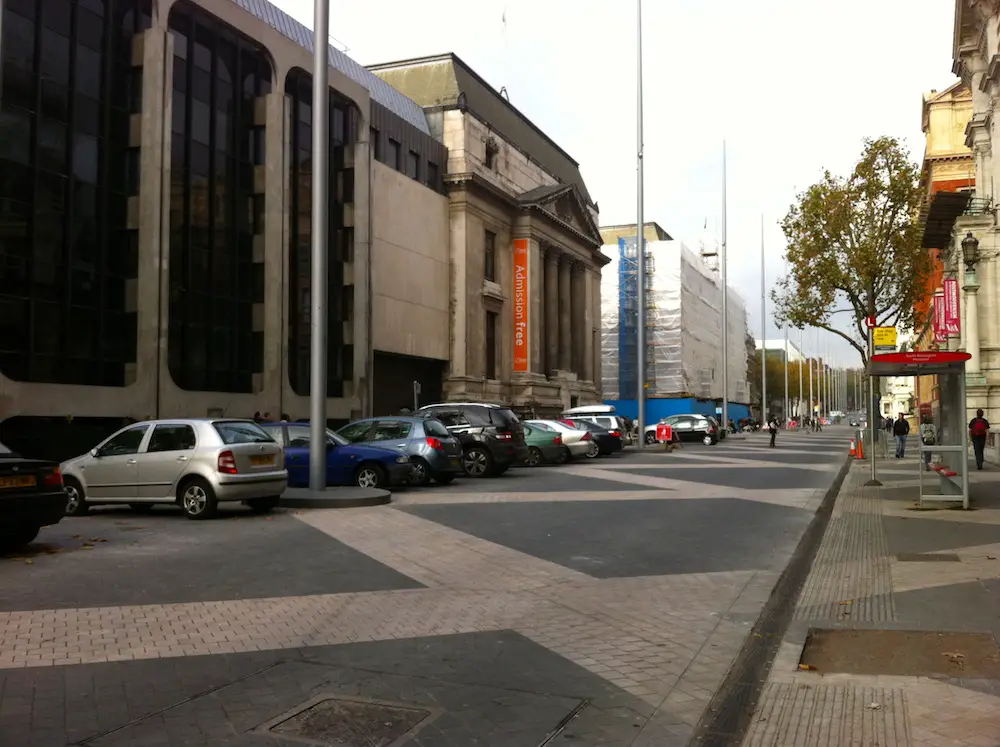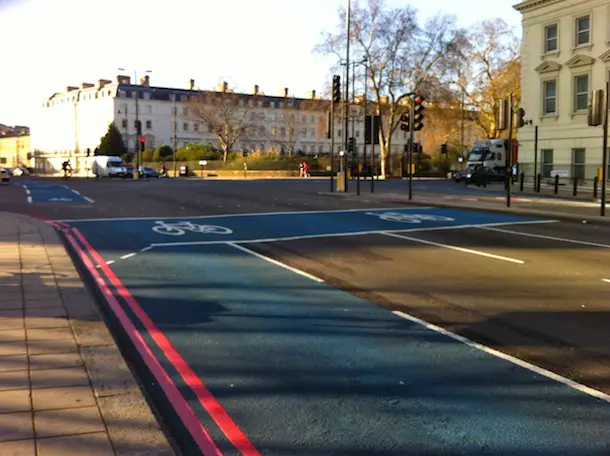You only have to look at the queue for the latest iPhone to see that ‘new’ means a positive and desirable change for many people. However, where rich cultures are involved, new does not necessarily equal positive change. This is especially true regarding the arts, since perspectives differ depending on components such as family values, personal interests, and cultural and historical backgrounds.
As an urban planner with much appreciation and admiration for contemporary art and architecture, I found myself wondering how these components interact with one another, both in theory and reality. How do the shapes, materials, lighting, and other characteristics of contemporary buildings impact historic urban fabric?
Modern developments tend to either add to the socio-economic importance of the urban fabric, or reduce its historical characteristics. In the case of the Guggenheim Museum in Bilbao, it is widely agreed that this new structure adds to the overall quality of the city, however, extravagant structures and materials can contradict the historical characteristics of an urban setting.
Castelo de Silves – a castle located in Silves, Portugal– was built in the 15th century while the Romans and Moors were at war. The castle is shaped like an irregular polygon, comprised of an external reinforcement of eleven rectangular towers made primarily with big blocks of stone. However, its colourful history and impressive construction are no longer deemed to be enough, and to attract more visitors, a contemporary café was erected in the middle of the castle.

This new construction is essentially a gathering area for the castle’s visitors. Its rectangular form, accented with wood and floor-to-ceiling windows, is located above an artificial pool and surrounded by circular and oval shaped walkways. The shape, form, and material of this contemporary café seem contradictory to its surroundings.
This is hardly a unique development, and similar projects are happening in historical sites all over the world. In fact, these changes could arguably be positive. By developing a new gathering area for visitors and residents to enjoy a cup of coffee, new opportunities to learn about the history of Silves are encouraged.

On the other hand, though providing visitors with a comfortable setting to enjoy a historical view is great, the café’s impact on its historic setting is not entirely positive. Although the castle’s reflection in the floor-to-ceiling windows is amusing, the development reduces the main attraction of the castle itself. Furthermore, the historic interior of the castle is poorly preserved, adding manmade walkways, an artificial pool, and, most importantly, taking up half of the open space. This could have been prevented simply by locating the café alongside an interior wall, offering visitors all the same benefits, yet with greater preservation of this historic interior.
A modern development in an historic urban area can be enormously beneficial, without reducing the significance of its surroundings. But due to the importance of historical preservation, it is crucial to carefully design contemporary pieces. In this case, that didn’t happen, and visitors to Castelo de Silves are greeted by a café out of context.


